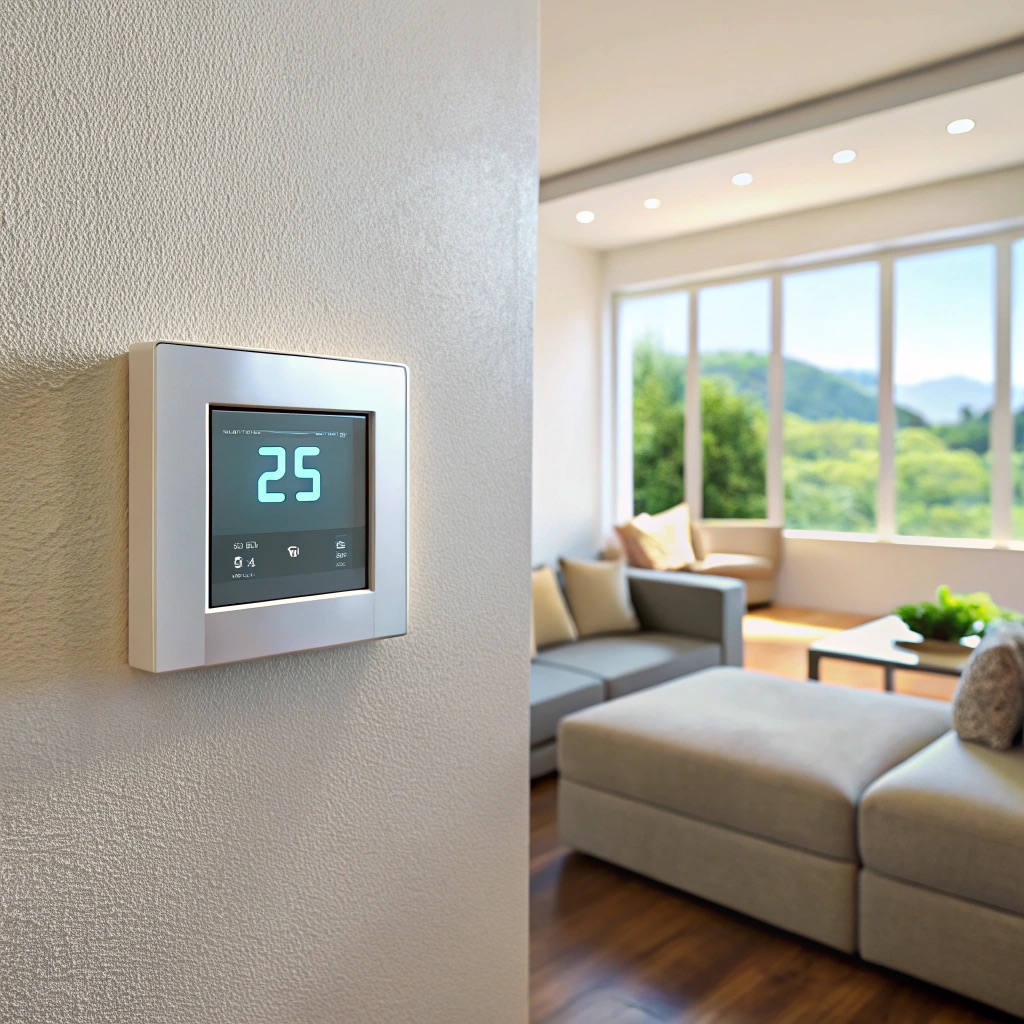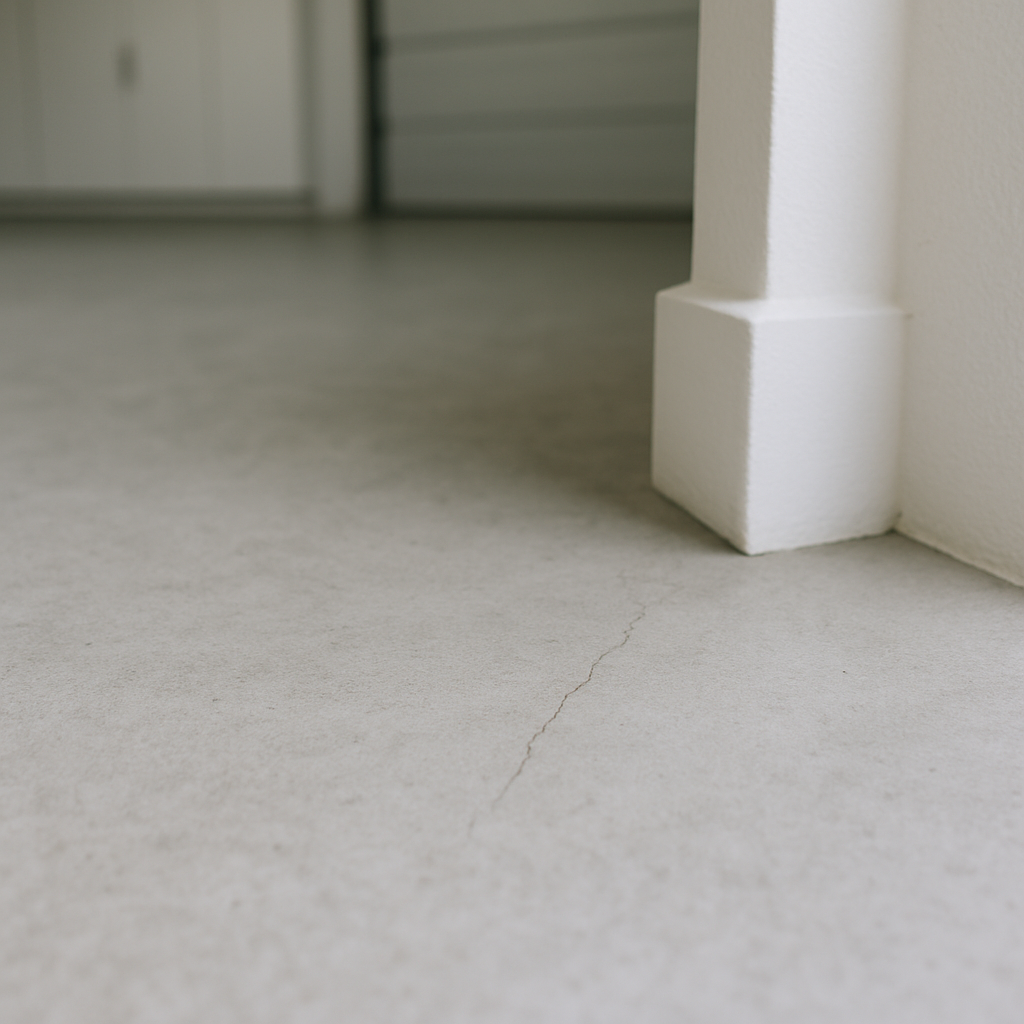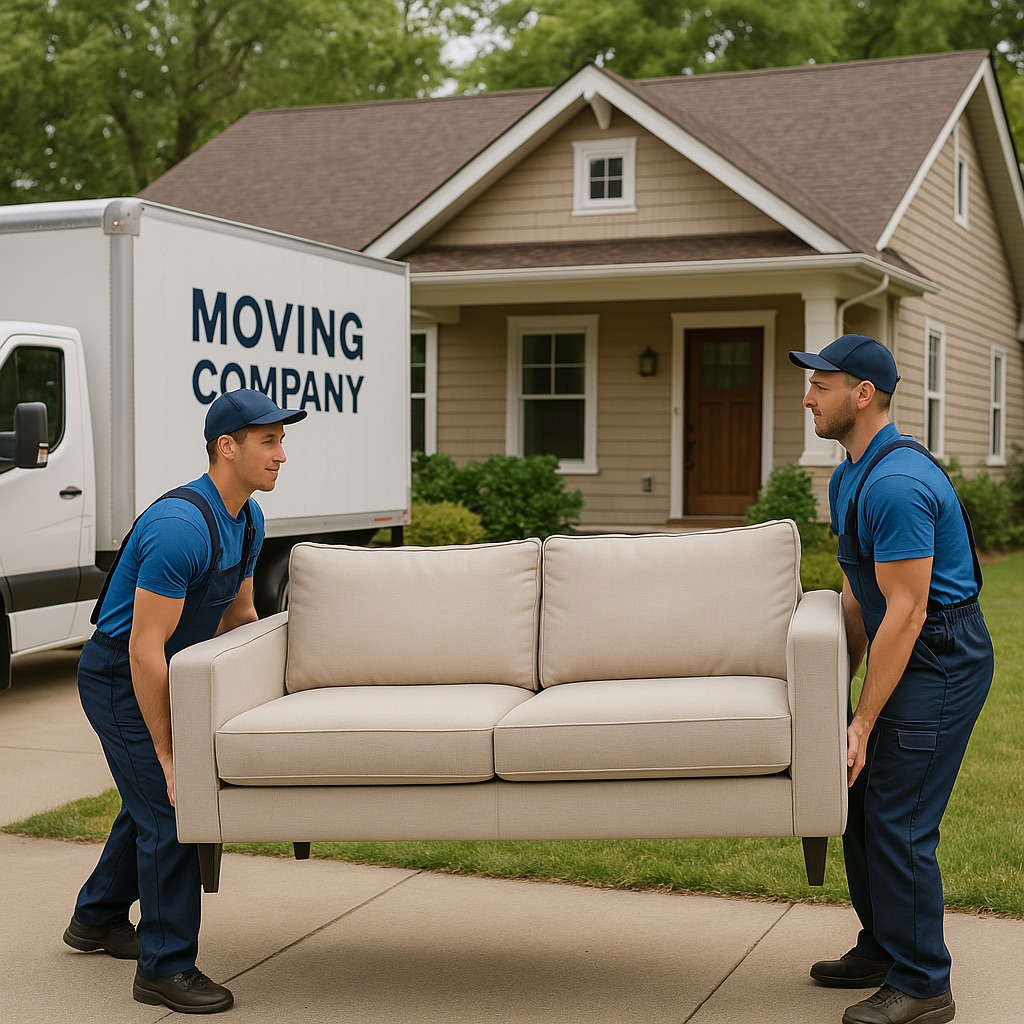Last updated on
Learn all about the impact a home’s roof has on interior comfort. Read on!
When it comes to designing and building our homes, we often prioritize factors like aesthetics, space utilization, and energy efficiency. While these are essential considerations, one crucial aspect that is sometimes overlooked is the roof design.
The roof is not merely a protective covering; it plays a vital role in maintaining a comfortable interior environment. In this article, we delve into the relationship between roof design and home interior comfort.
We will explore how different roof designs impact ventilation, insulation, natural lighting, and overall energy efficiency, ultimately affecting the comfort and well-being of the inhabitants.
What's Inside
Ventilation: Harnessing Nature’s Airflow
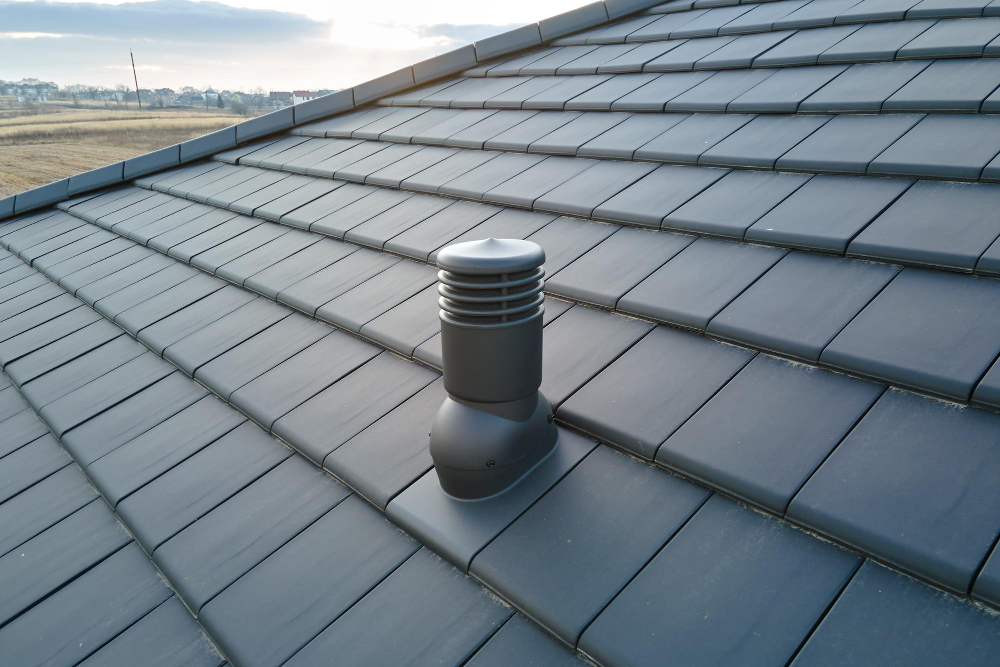
The roof design significantly influences the ventilation within a home. Proper ventilation is essential to ensure a continuous flow of fresh air and expel stale air, odors, and pollutants. An intelligently designed roof can harness natural airflow to create a well-ventilated space without relying heavily on mechanical ventilation systems.
A key factor in achieving good ventilation is the type of roof and its components. For instance, as this Towson Maryland Roofing Contractor explains, a well-constructed gable roof with ridge vents allows hot air to rise and escape through the top, while cooler air enters through the eaves, promoting a natural cooling effect in the summer. Similarly, a hip roof design with soffit vents allows for efficient airflow throughout the attic, reducing heat buildup and enhancing overall comfort.
Insulation: A Barrier Against Unwanted Temperature Extremes
The choice of roof design directly impacts the insulation of a home. Insulation is crucial in maintaining a consistent indoor temperature, providing a barrier against external temperature extremes. In colder climates, an adequately insulated roof prevents heat from escaping during the winter, while in hotter regions, it keeps the scorching heat at bay.
The pitch of the roof also affects insulation. A steeper pitch allows for thicker insulation, which is beneficial in colder areas, as it minimizes heat loss. Additionally, the type of roofing material used can influence insulation. For instance, metal roofs tend to conduct more heat, and without proper insulation, they can lead to uncomfortable indoor temperatures.
Natural Lighting: The Impact of Skylights and Roof Windows
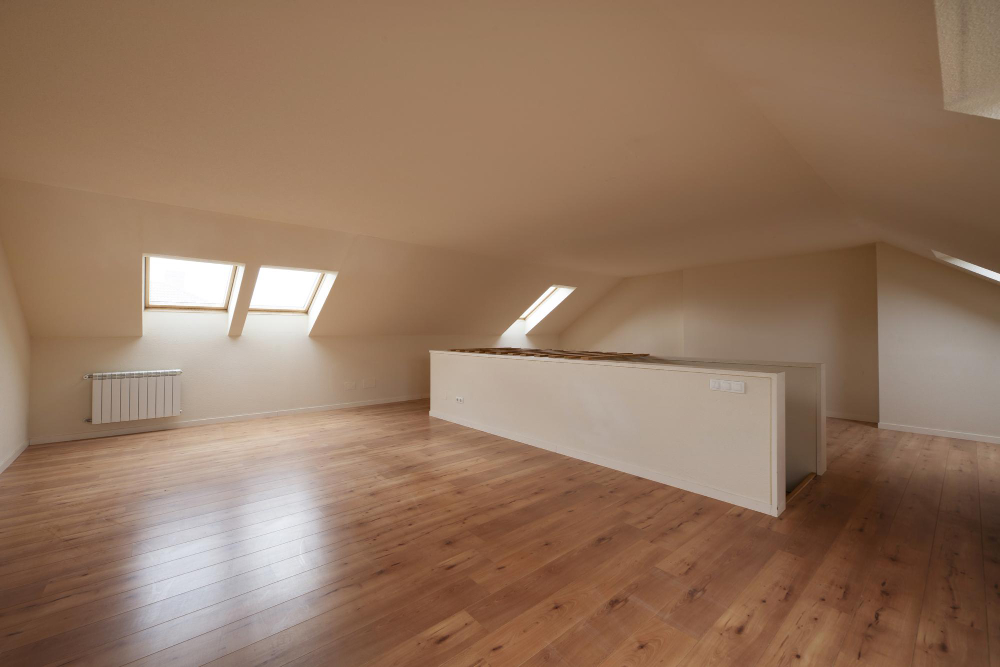
Another significant aspect influenced by roof design is the availability of natural lighting inside the home. Adequate natural light not only enhances the aesthetics of the interior but also contributes to the well-being and comfort of the occupants.
Well-designed roofs can accommodate features like skylights and roof windows, which offer an effective way to introduce natural light into the living spaces.
Skylights installed strategically on sloped roofs bring in ample daylight, reducing the need for artificial lighting during the day. Roof windows, such as dormers or clerestory windows, can also be incorporated into the design to improve natural lighting and ventilation simultaneously.
These elements not only add architectural interest to the home but also contribute to a healthier and more pleasant living environment.
Energy Efficiency: The Eco-Friendly Impact
In recent years, the importance of energy efficiency in homes has gained significant attention. Roof design plays a pivotal role in determining a home’s energy efficiency. A well-designed roof with proper insulation and ventilation can help reduce the need for heating and cooling, thereby lowering energy consumption and utility bills.
Green roof designs, which incorporate living vegetation on the roof surface, offer additional benefits in terms of energy efficiency. They act as natural insulators, absorbing heat and providing cooling effects during hot weather. Furthermore, green roofs help mitigate the urban heat island effect, contributing positively to the environment.
Roof Shapes and Home Architecture: The Visual and Psychological Connection
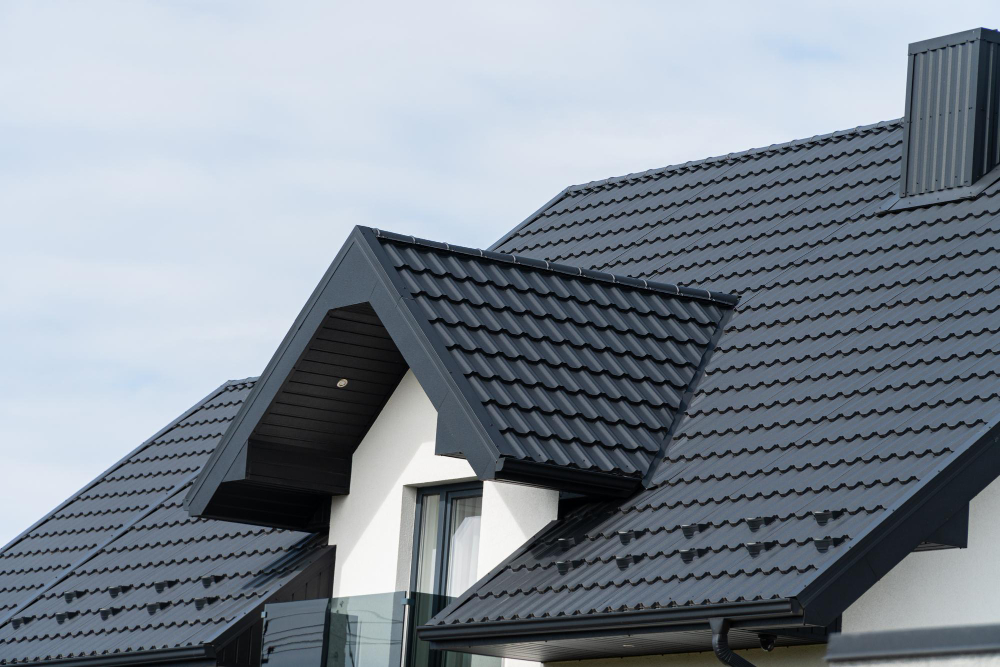
Apart from the practical aspects, the roof design also influences the overall architecture and aesthetics of the home. The shape and style of the roof can evoke different emotions and perceptions, contributing to the inhabitants’ psychological comfort.
For example, a sloping roof with dormers may give a cozy and traditional feel to the house, enhancing a sense of warmth and security. On the other hand, a flat or modernist roof design might create a more open and contemporary ambiance. Additionally, the roof’s visible elements from the interior, such as exposed beams or trusses, can add character and a sense of craftsmanship to the living spaces.
In conclusion, the roof design of a home goes beyond its visual appeal and weather protection. It profoundly impacts the interior comfort and well-being of its inhabitants. From ventilation to insulation, natural lighting to energy efficiency, the roof plays a pivotal role in creating a comfortable living environment.
By considering various factors like the type of roof, its pitch, materials, and incorporating features like skylights and green roofs, homeowners can optimize the interior comfort of their homes. Furthermore, the aesthetic connection between roof design and architecture can enhance the overall ambiance, making the house a truly comfortable and inviting haven for its residents.
So, the next time you embark on a home design journey, remember the significant role that the roof design plays in ensuring a comfortable and cozy abode that not only looks beautiful from the outside but also feels welcoming and pleasant on the inside.
